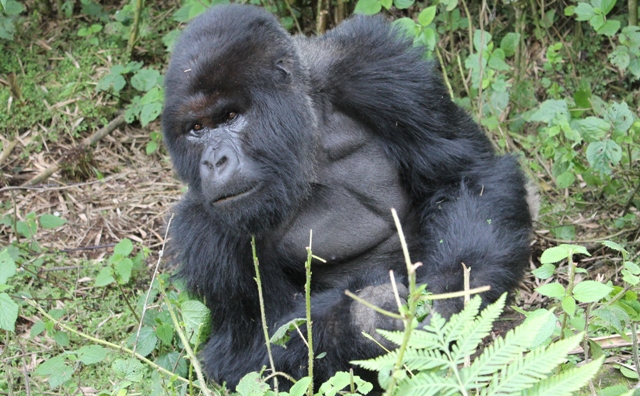The government of Rwanda has announced the full reopening of the land borders between Uganda and Rwanda effective on 7th of March 2022. This is perhaps so far, the best of news of 2022 for the people of both countries. For about two years the government of Rwanda closed the land borders to all travelers including tourists and local people, with the reason of controlling the spread of covid 19.
Uganda and Rwanda highly depend on each other for trade, tourism, and agriculture among others. Also, the people of the two countries are closely related with many families shared across the borders. The closure of the border therefore brought economic hardship to many people in both Uganda and Rwanda, as well as causing a lot of anxiety among the people who could not see their families for the last two or so years.
Uganda – Rwanda tours and safaris resume
Many African tour itineraries combine Uganda and Rwanda as the two destinations complement each other well in terms of a variety of experiences and activities one can have, including gorilla trekking, chimpanzee tracking, hiking and birding among others. Also, because it is so easy to travel between the countries. The popular attractions are located near the borders.
Many tourists start their tours in Rwanda and go on to visit Uganda as the primary destination of their itinerary, and vice versa. For example, many tourists start their gorilla trekking trips in Uganda from Rwanda because it is a shorter driver. Read this guide about starting Uganda gorilla tours from Kigali Rwanda.
The most popular combo is the gorilla trekking in Rwanda and Uganda. Many tourists who want to track the gorillas two times combine Uganda and Rwanda, that is, tracking the gorillas in Rwanda’s Volcanoes National Park where they experience the awe-inspiring Virunga mountains, and another gorilla trekking in Uganda’s Bwindi Impenetrable National Park where they experience a true African jungle!
Below are some of our tours and safaris combining Uganda and Rwanda via the land borders!
3 days Gorilla tour in Uganda starting from Kigali, Rwanda
4 days Rwanda golden monkeys and Uganda gorillas
5 days Rwanda chimpanzees and Uganda gorillas
